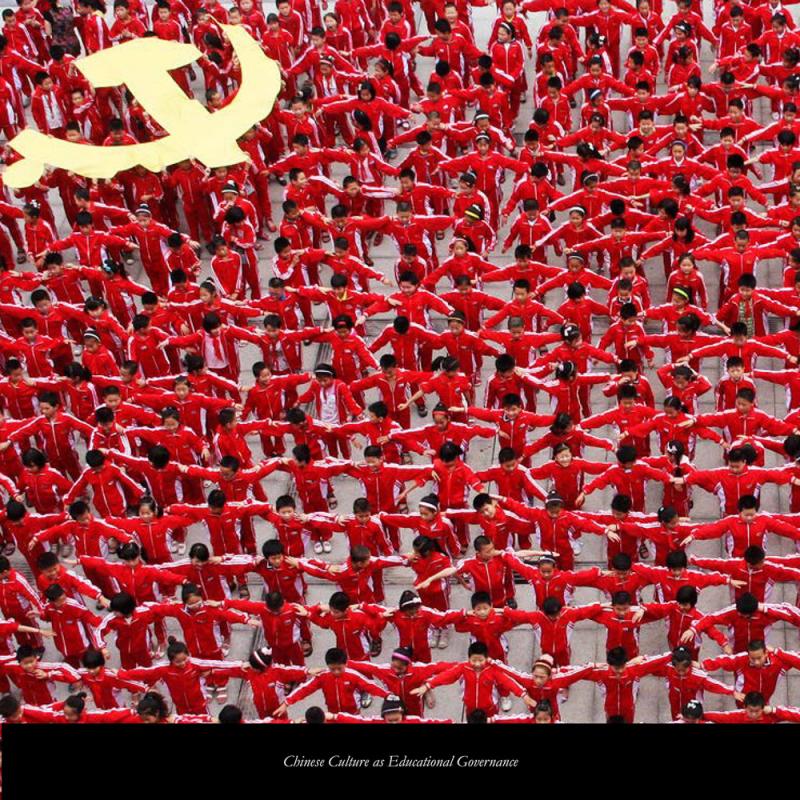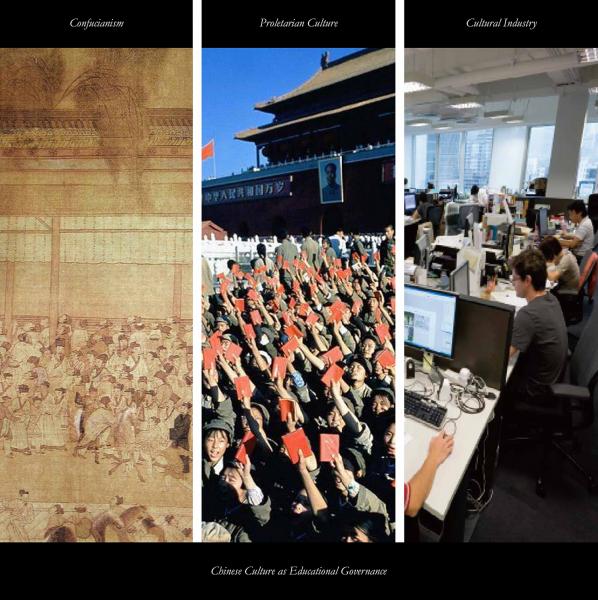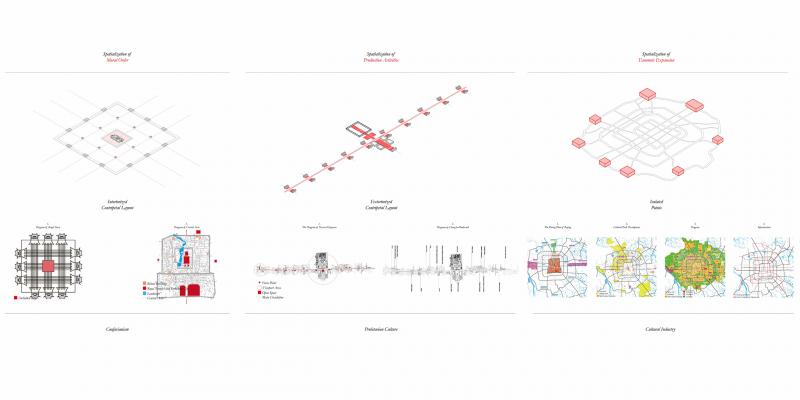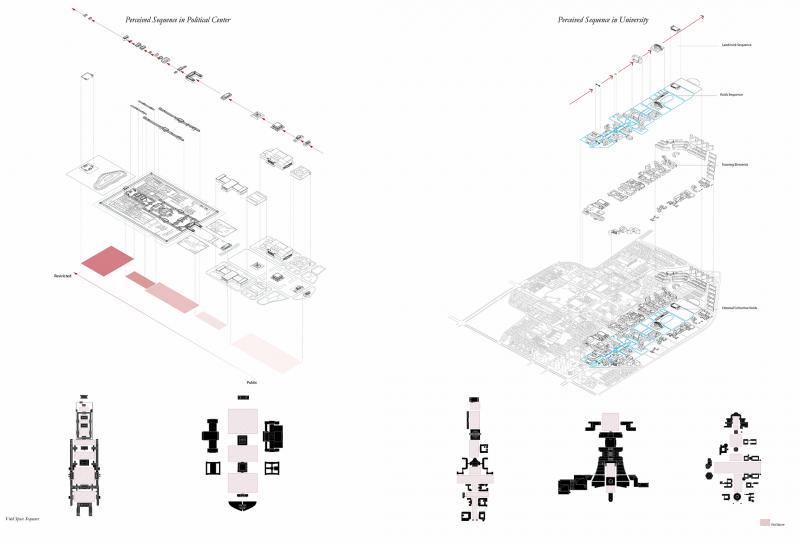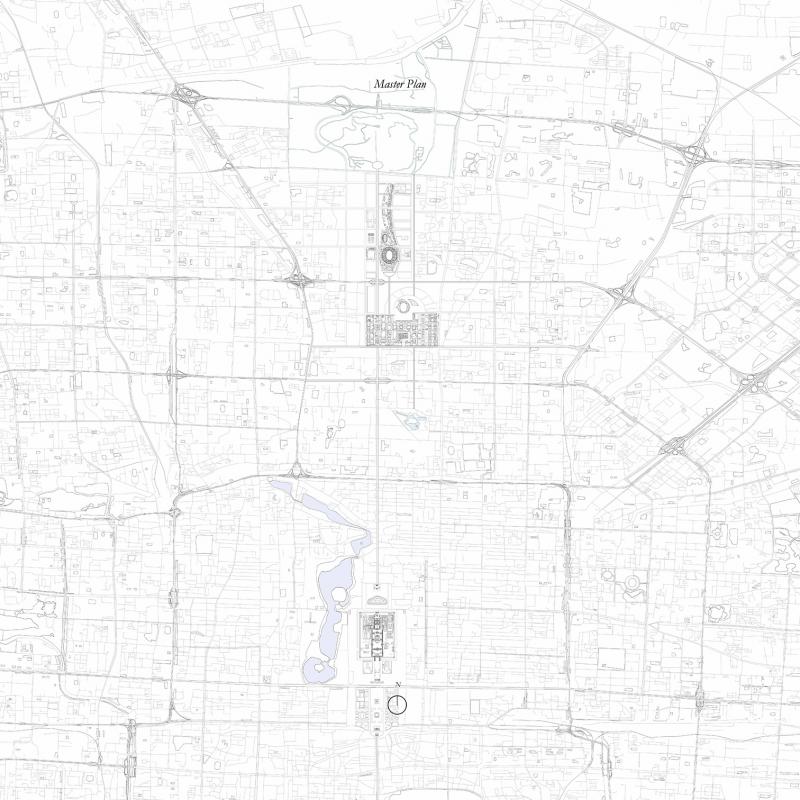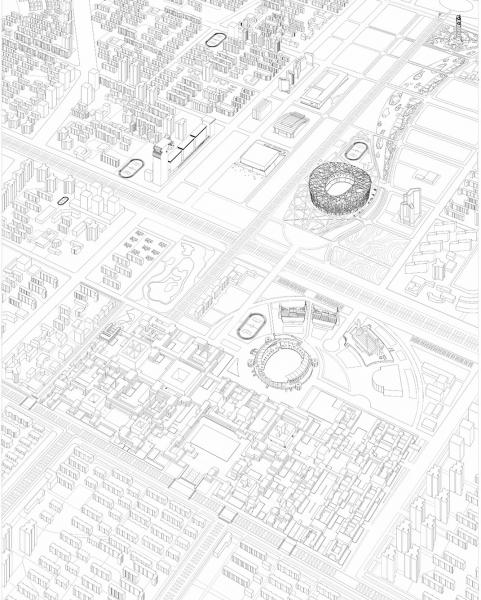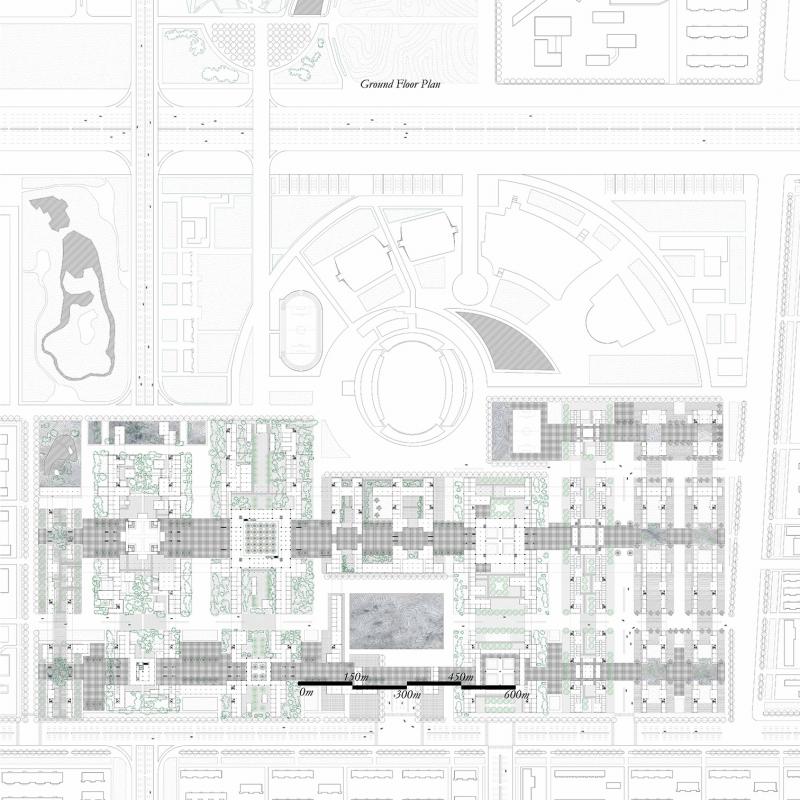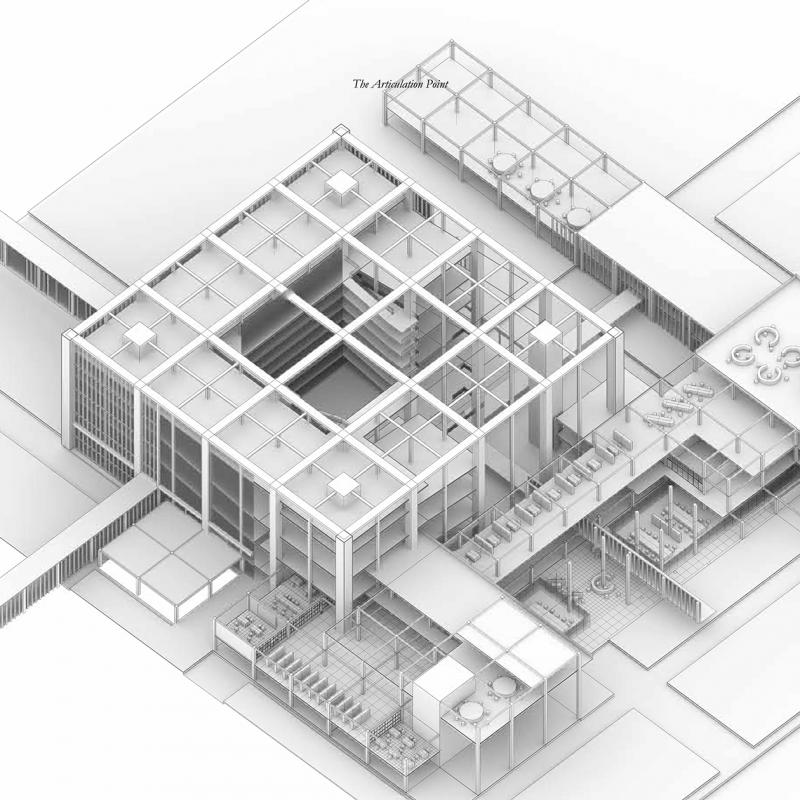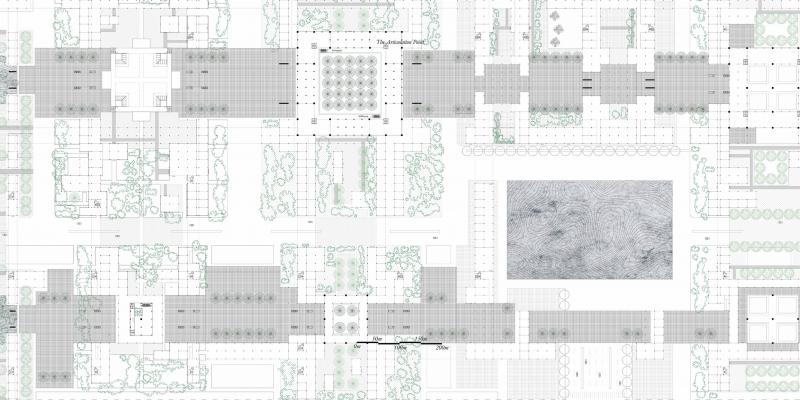Confucianism and Proletarian Culture
The idea of culture in both Confucianism and proletarian culture is to create an operative pedagogy for central government. The specificity of Chinese culture is this educational role, which translates an abstract concept into moral or political guidelines for the people.

